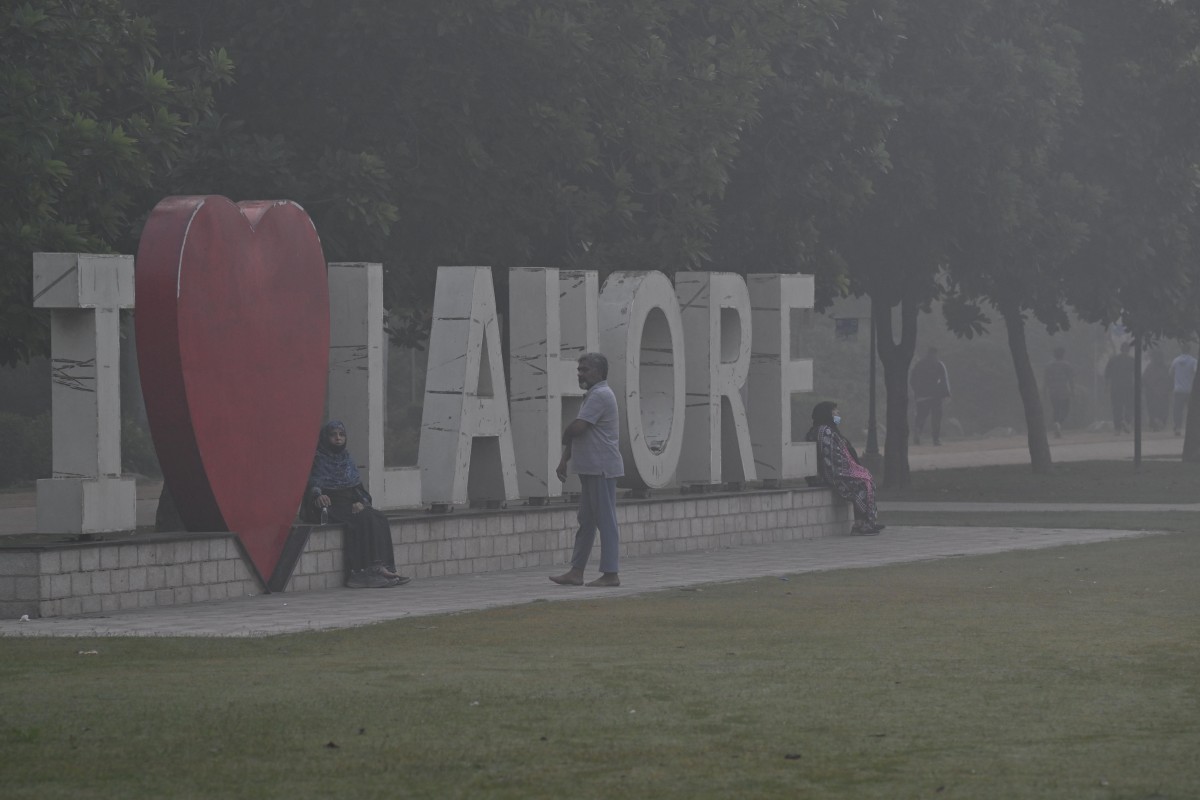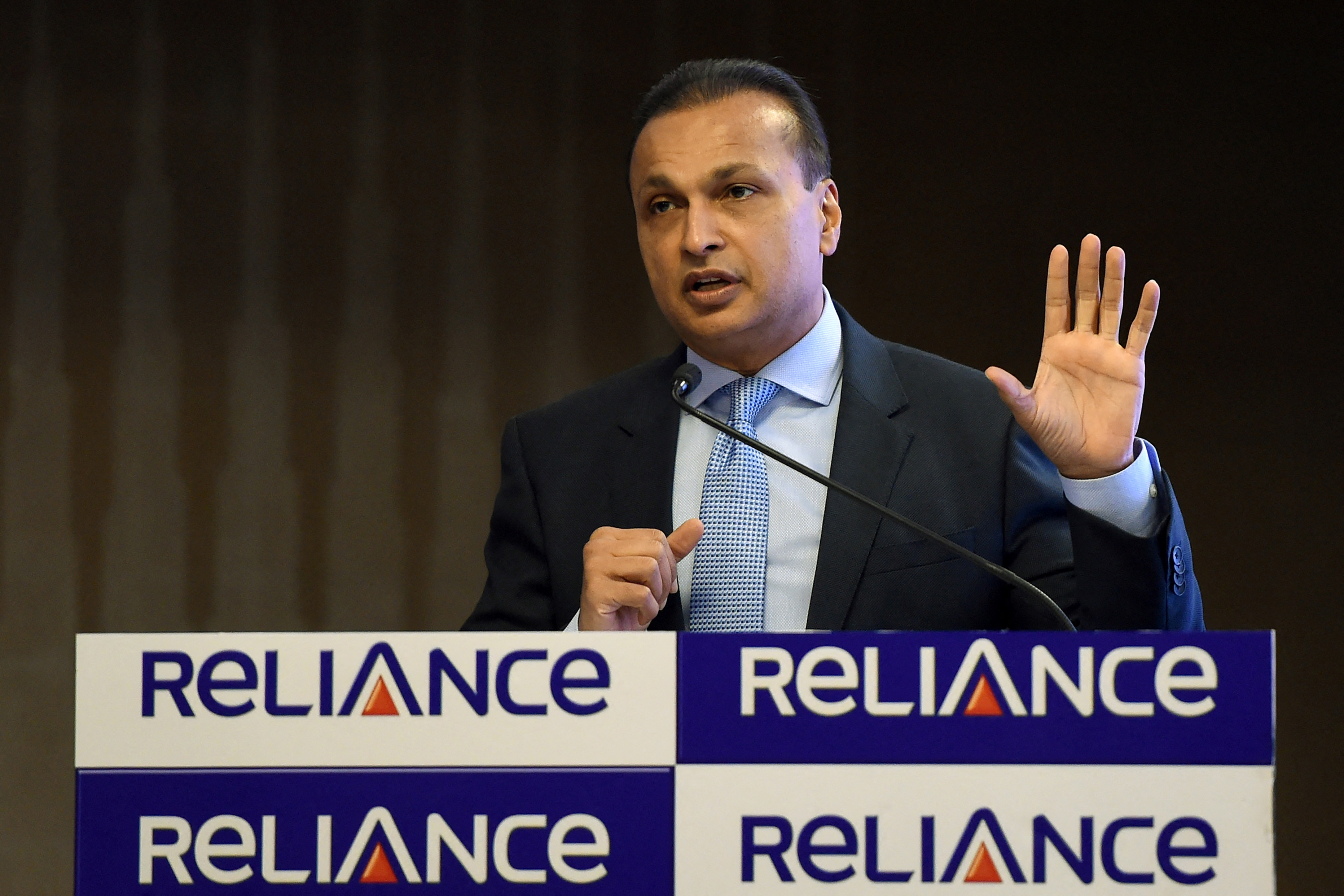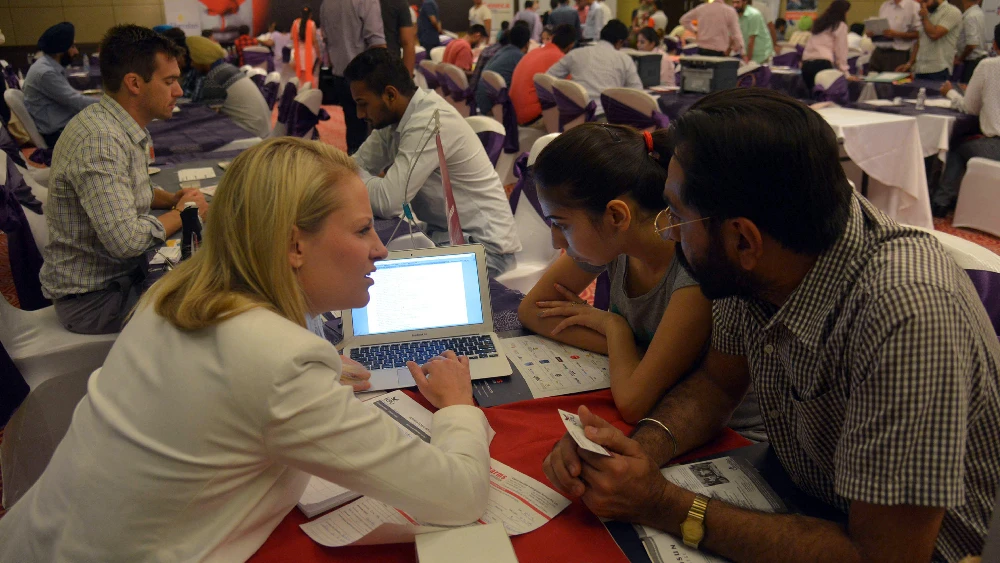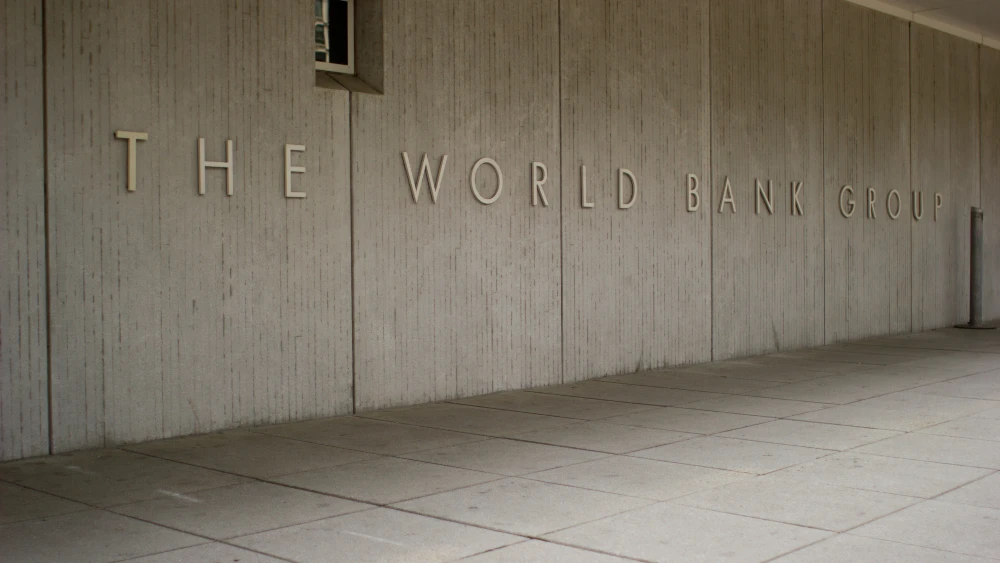
People visit a park amid dense smog in Lahore on October 28, 2025. (Photo by Arif ALI / AFP)
ISLAMABAD: Punjab’s worsening air quality has turned into a public health emergency, with Lahore, the provincial capital, consistently ranking among the world’s most polluted cities. But what are the main causes?
Rapid urbanization, industrial expansion, and unregulated transportation growth have pushed fine particulate matter (PM2.5) levels to nearly 10 times Pakistan’s legal limit, making clean air a rare commodity for its 15 million residents.
PM 2.5 is particulate matter, particles with diameters of 2.5 micrometers or smaller in the air. These are considered the most dangerous airborne pollutants because they are small enough to penetrate the bloodstream and are linked to various diseases, including cardiovascular problems and lung cancer.
While PM2.5 is the most serious air quality issue, levels of other air pollutants, such as carbon monoxide, sulfur dioxide, and nitrogen oxides, also exceed international safety guidelines.
Satellite data from the Copernicus Atmospheric Monitoring Service (CAMS) show that Lahore’s air has remained “unhealthy” or “very unhealthy” for much of the past decade, with winter smog now an annual crisis.
Sources of pollution
According to the Urban Unit's 2023 Sectoral Emissions Inventory and the World Bank's 2025 Program Information Document (PID), urban activity is the primary cause of air pollution in Punjab, accounting for around 75% of total emissions, with natural sources accounting for the remaining 25%. The urban proportion of the population has increased from 82% to 100%, during 1998-2017 in Lahore.

Figure 1: Urban Sprawl in Lahore District ( Sectoral Emissions Inventory of Lahore)
According to the data, the leading sources of PM2.5 pollution are:
- The combustion of solid fuels for cooking and heating: (23% of residential emissions).
- Transport (16%): car exhaust and road dust.
- Industries and brick kilns (16%): especially cement, steel, and textile production.
- Agriculture and livestock (13%): crop residue burning, fertiliser, and manure.
- Municipal rubbish burning (7%): involves open dumping and flames.

Figure 2: Visual mind map
Residential and transport emissions in Greater Lahore have increased by 28% and 24%, respectively. Lahore’s roads remain congested, with more than 7.4 million registered vehicles, 82% of them two-wheelers. The city operates only 27 kilometres of metro line and about 250 public buses, far short of the 4,000 required by 2026, the Punjab Mass Transit Authority reported.
Does bordering with Delhi play a role?
Yes, seasonally. Transboundary effects of air pollution are significant. According to the World Bank, 53% of PM2.5 in Punjab comes from within the province, 9% from adjacent provinces, and 13% from across the border. Satellite data from CAMS and Reuters reporting suggest that stubble burning in northwestern India and northern Pakistan produces smoke plumes that worsen winter smog.
However, inventories reveal that although cross-border smoke contributes only occasionally, local transportation, industrial, and residential emissions contribute to poor air quality year-round.
Regulations, law & enforcement
The Punjab government has implemented many policies, including the 2017 Smog Control Policy, the 2023 Clean Air Policy, and the 2024 Smog Mitigation Action Plan. These address emissions from transportation, agriculture, and industry while encouraging behavioural change and citizen engagement.

Source: Punjab Clean Air Program (PCAP)
According to the Punjab Environment Protection Department (EPD), the province is expanding its air quality monitoring network by installing reference stations and low-cost sensors to ensure real-time transparency. Hundreds of brick kilns have been sealed for noncompliance, and enterprises must install emission-control equipment.
At the federal level, the Ministry of Climate Change and the Pakistan Environmental Protection Agency are implementing Euro fuel requirements, periodic vehicle inspections, and scrappage programs for old diesel fleets. Agricultural burning prohibitions are supported by subsidies for equipment such as the "Happy Seeder," which allows farmers to avoid stubble burning.
On transport, the Punjab government has set up 27 e-buses in Lahore, with 500 more planned for the FY25 Annual Development Plan. The World Bank believes that e-buses might reduce PM2.5 emissions by up to 88% compared to diesel cars.
These new measures are a major institutional step forward, indicating a more effective, coordinated strategy for monitoring air quality across the province. According to the World Bank's 2025 Program Information Document, Punjab has long suffered from "the absence of systematic air quality management capacity," which these reforms now aim to address.
Awareness and social responsibility
To involve citizens directly in the fight against smog, the EPD developed the Green Punjab App, which allows users to report unlawful burning and file environmental complaints directly with the authorities, while the EcoBot platform provides real-time air quality data and health alerts.
The Punjab Disaster Management Authority and EPD have also launched public awareness programs encouraging locals to decrease their usage of solid fuels, report infractions, and promote public transport.
The United Nations Development Programme defines empowerment as enabling people to make informed choices that shape their own communities. In Punjab’s case, this means equipping citizens with reliable data, accountability mechanisms, and access to clean alternatives.
Ultimately, the province's efforts serve as a starting point rather than a solution, highlighting the need for continuous enforcement and regional collaboration to achieve lasting improvements in air quality.
Latest News
Indian investigators freeze assets in Anil Ambani probe
AN HOUR AGO

Pakistan launches first Google Chromebook assembly line, DPM hails ‘historic milestone’
AN HOUR AGO

Indian student visa rejections soar in Canada, US amid visa fraud surge
3 HOURS AGO

Trees, targets and trillions: What's on the agenda at COP30?
4 HOURS AGO

India launches mass overhaul of voter rolls
4 HOURS AGO


.jpg)
